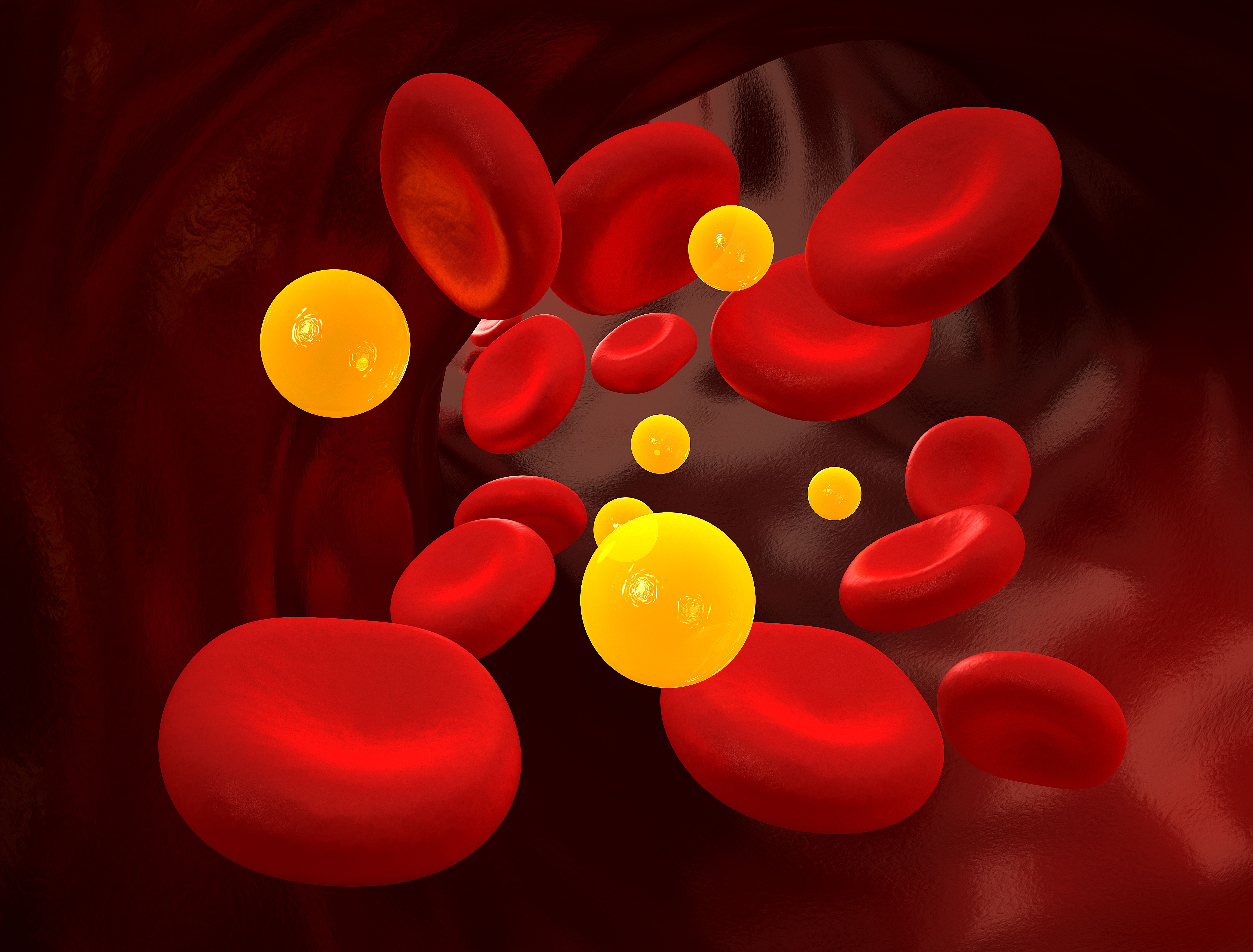Video
LDL-C Lowering: Adopting Inclisiran Into Practice
Author(s):
Transcript:
Alan Brown, MD: Keith, what are your thoughts about this? It has to be given by a health care practitioner. It doesn’t have to be a doctor. One could anticipate that a nurse practitioner, or maybe a pharmacist, could administer the drug. But how do you see this being used, and is it a game-changer? What’s your vision of inclisiran in the future?
Keith C. Ferdinand, MD: We know, despite the benefit of high-intensity statins, that the adherence once prescribed may be as little as 50% after 2 years. With the PCSK9 inhibitors, Seth has already described those patients who are originally given a prescription for PCSK9 inhibitors, either couldn’t get it or discontinued, and had an increase in adverse events. That includes women and certain minorities. Although we have effective drugs, something’s wrong. Something’s not working.
Paradoxically, having the patient come in to a clinic setting and having either the physician, a nurse practitioner, or perhaps an advanced trained pharmacist, give an injection every 6 months removes that question of adherence. That has led to poor outcomes with both statins and PCSK9 inhibitors.
It may be more beneficial, because during the visit in which the injection is given—that can be a doctor’s visit, or a provider/nurse practitioner/advanced practice pharmacy visit—you can check the blood pressure. You can review the lipid profile, the hemoglobin A1C, and a wide range of other tests. It may lead to better adherence, not only to lipid-lowering therapy, but to general cardiovascular risk reduction.
Alan Brown, MD: Pam, I’m sure you’ve had some discussion at your health care system, or thought about what’s going to happen in the world, as we move toward different compensation models. That’s not only full-risk, but even CMS [Centers for Medicare & Medicaid Services] is moving toward more and more risk for our patients. Are there any thoughts about inclisiran in general? How it might affect us in a world in which we have higher-risk contracts with our health care systems?
Pamela Bowe Morris, MD: The first thing is the drug. The reductions in LDL [low-density lipoprotein] cholesterol are relatively similar to those with the PCSK9 inhibitors and monoclonal antibodies. That is six of one, half a dozen of another. I don’t think there’s a disadvantage to coming in to see a clinician for the injection. These are high-risk patients on lipid-lowering therapy, and the guidelines say we should be monitoring patients every 4 to 12 weeks, or as clinically indicated.
For patients who have any reluctance about the monoclonal antibodies, I will oftentimes give them their first injection in-clinic to demonstrate just how simple and easy it can be. The main concern that I have is for the patient who perceives a lot of drug adverse effects. I’ve already had discussions with patients about the upcoming potential approval of inclisiran, and those patients will begin to run out of options because they keep having drug-associated or perceived drug-associated adverse effects. Some of them have been reluctant to consider a medication that is not an on-off, like a statin therapy. That may be a patient type for whom it is a tough sell.
I don’t think there are any disadvantages to the dosing regimen, other than in patients who have a lot of perceived drug adverse effects.
Alan Brown, MD: I have a couple of thoughts. No. 1, a little-known fact is that the half-life of inclisiran is only 6 to 8 hours. Even though its duration of action is long, the drug is out of the body quickly. As Seth pointed out, the clinical trials show a very good safety profile. That’s something we’ll be armed with when our patients ask us about it. We can say, “Yes, it knocks out mRNA for PCSK9 for a long time, but the drug is actually gone in 16 to 20 hours or so. It’s something to keep in the back of our minds as we go forward.
If the problem with statins, and we have some data even with PCSK9 inhibitors, is that a lot of patients are off the drug at the end of a year, you could say that anyone who keeps their appointment is going to get this therapy. Let’s say 10% of people don’t show up for their 6-month appointment. You still have 90% of folks on therapy at the end of a year, as opposed to 50% with statins. What would that mean, in terms of outcomes?
Assuming that the outcome trial with inclisiran shows benefit, and we’ll have to wait and see, one could easily say, look at how many potential events you’re going to save if you can have better adherence. That’s an interesting thought to me, and it would be interesting if we were to be able to get access to a drug like that directly to the health care system. Maybe it would not be through insurance, PBMs [pharmacy benefit manager], and pharmacies, but somehow we could get that into our health care system. We could put in place a mechanism for someone to be appropriately giving those therapies, and that could potentially reduce event rates pretty dramatically for the folks that are under our care.
Seth J. Baum, MD: Alan, I want to piggyback on something that you and Keith just said which I think is very important. That every 6-month visit will give us an opportunity to reinforce therapeutic lifestyle changes. We haven’t emphasized the fact that diet, maintaining an optimal weight, and exercise, are the foundation of cardiovascular disease prevention. These 6-month visits give us an opportunity to do that.
They also give us an opportunity to reinforce the fact that the patients need to take their statins. We’ll probably have much better statin adherence because of the use of inclisiran. It won’t just be that they’ll take their inclisiran. They’ll also take their statin. They’ll also probably exercise more, have a lower weight, and do all these other things. From a prevention standpoint, this might be a tremendous winner. The opportunities are almost endless.
Alan Brown, MD: That’s a good point. It could shift the way a lot of things are done, including how drugs go from manufacturers to patients. It doesn’t have to be for only 1 class of drug. There might be a seat change in how we deal with prevention on a population-health basis that could affect the flow of many other preventative therapies. It’s a very interesting conversation.
Transcript Edited for Clarity





